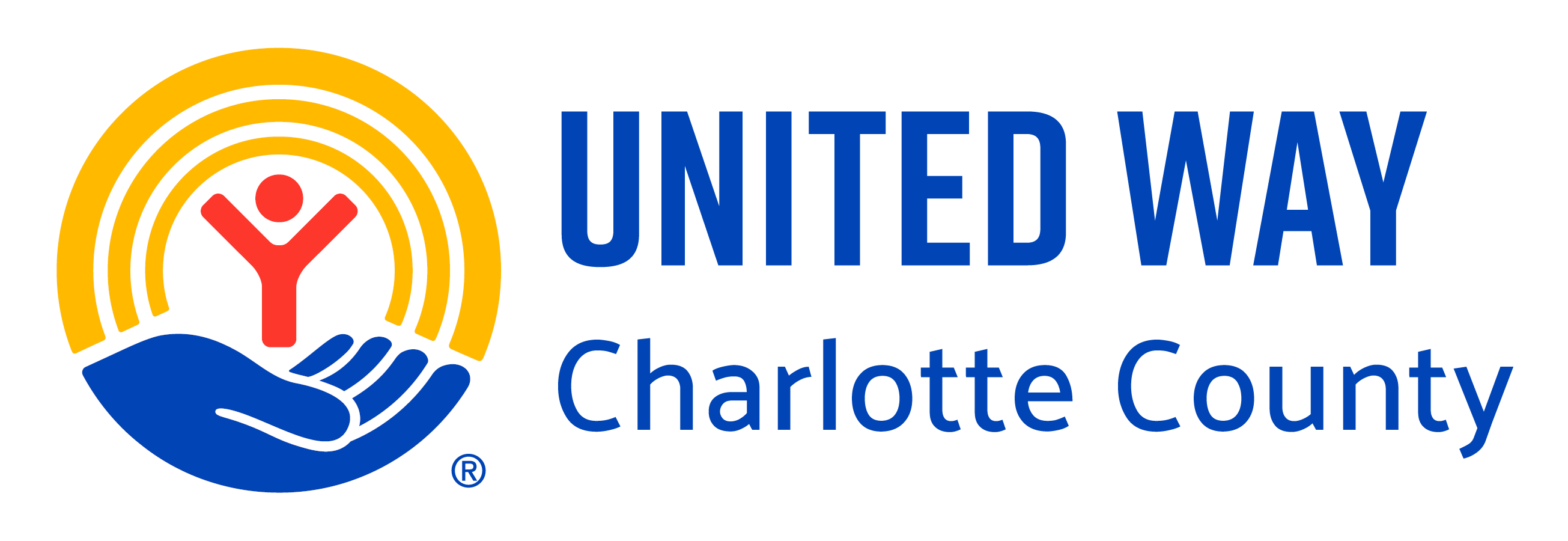The Truth About ALICE
By Angie Matthiessen, Executive Director
There are employees working in Charlotte County who are living out of their car, crashing on families’ couches, struggling to provide food for their families, and living on the edge. I dare you to look me in the eyes right here, right now and tell me that this is okay.
Every day, our office receives phone calls from those who are struggling in our community, many of them are ALICE. Who is ALICE you may ask? ALICE is an acronym for Asset Limited, Income Constrained, Employed. They may call because they need help with car repairs, childcare, help with their rent or utility bills, sometimes it is helping them locate food for their family or medical needs.
ALICE represents the growing number of families or individuals who are unable to afford the basics and yet they show up to their job or jobs. The ALICE workforce struggles to keep their own households from financial ruin while keeping their employers and our community running. They are earning above the Federal Poverty Level but less than what’s needed to survive in the current economy. ALICE workers include childcare providers, home health aides and cashiers — those working low-wage jobs, with little or no savings.
The most recent 2022 ALICE report was released this week. A staggering forty-five 45% of Charlotte County households are at or below the ALICE threshold. That equates to 40,240 households in ALICE or poverty, which is an increase of 3,021 households from 2021.
“The data is showing persistent and widespread financial hardship — a red flag that the current system isn't working for ALICE,” said Stephanie Hoopes, Ph.D., United For ALICE National Director. “Current policy has not been enough to break down the barriers that trap ALICE households in financial hardship, from lack of access to housing and childcare that’s affordable, to inadequate community supports such as broadband internet."
Drilling down on the numbers of Charlotte County households under the ALICE threshold:
- 82% of single female-headed households with children (up from 77% in 2021)
- 64% of single male-headed households with children
- 47% of 65 and over households
United Way of Charlotte County (UWCC) prioritized its focus on ALICE in the workplace just before Hurricane Ian in 2022. Thus, United at Work was created to unite employers, employees, and community partners in fostering resilience and collaboration in the workplace to support ALICE.
Individuals and families are most financially stable when there is a steady income in the household. Just because one is ‘employed’, this does not mean they are secure.
Workplaces are most productive and profitable when they can retain employees, avoiding the high costs of rehiring and retraining. UWCC set the groundwork for employees to get help confidentially, but it will take employer and community collaboration to chip away at this extremely complex and challenging issue.
How do you feel about the ALICE workers now? We rely on them daily as they are critical to keeping our businesses, our economy and our households running. Imagine for a moment what it would be like without their contributions. The success of our businesses and communities depends on these human beings. We depend on ALICE.
To join us in our efforts, learn more about ALICE in Florida and read the update ALICE in the Crosscurrents: An Update on Financial Hardship in Florida, visit: unitedwayccfl.org/ALICEatWork.
For more information about United Way of Charlotte County’s mission: Mobilizing the power of our community to break the cycle of poverty, please contact Angie Matthiessen, Executive Director. She can be reached at director@unitedwayccfl.org.

.png)